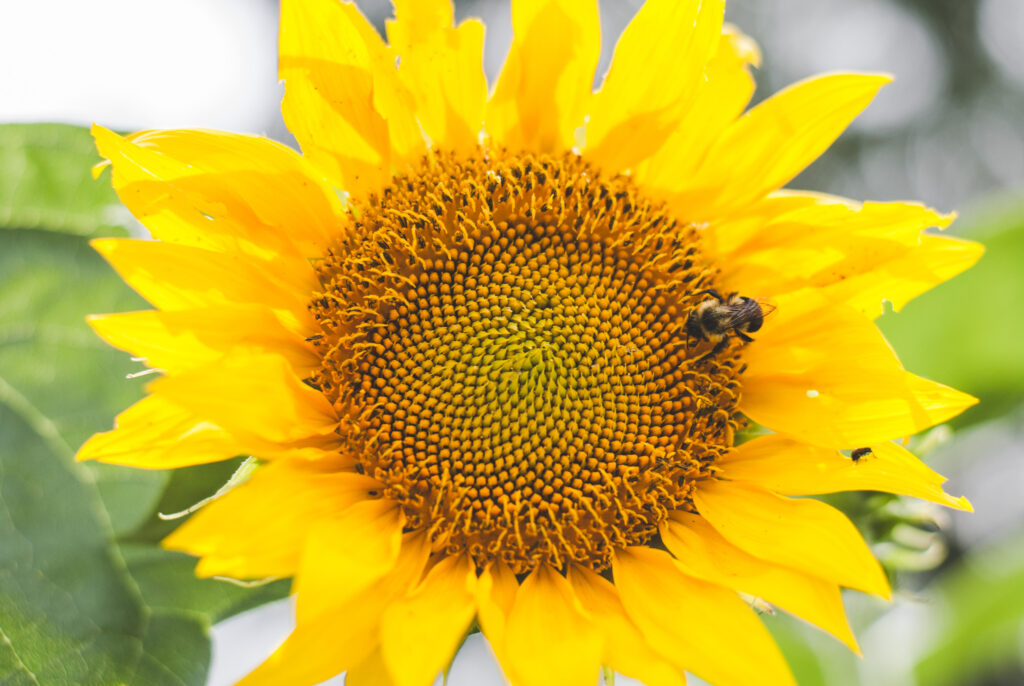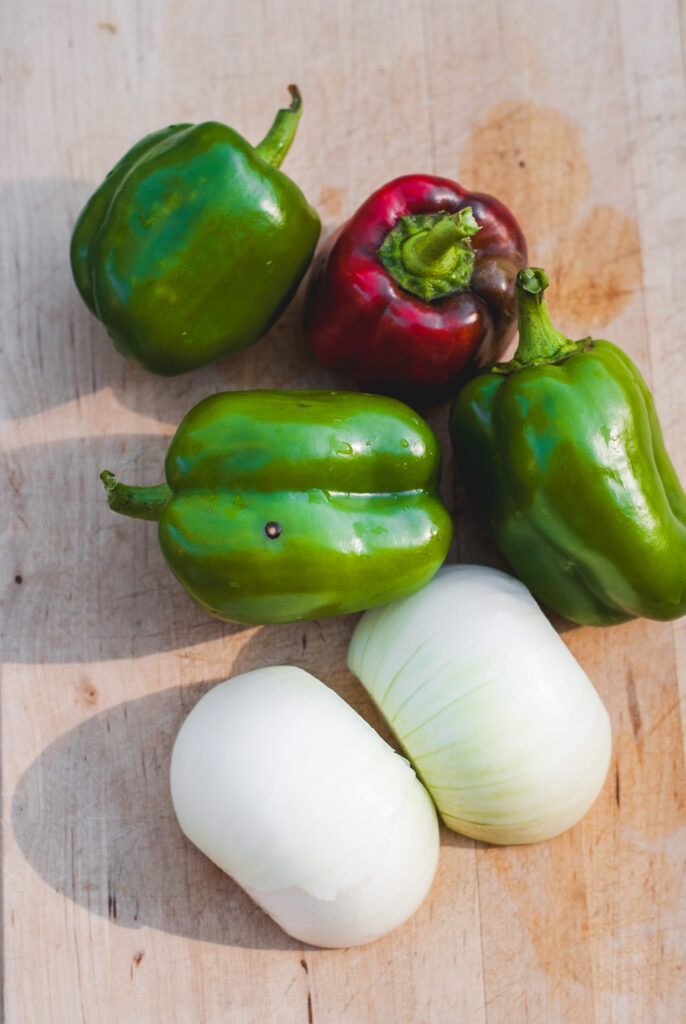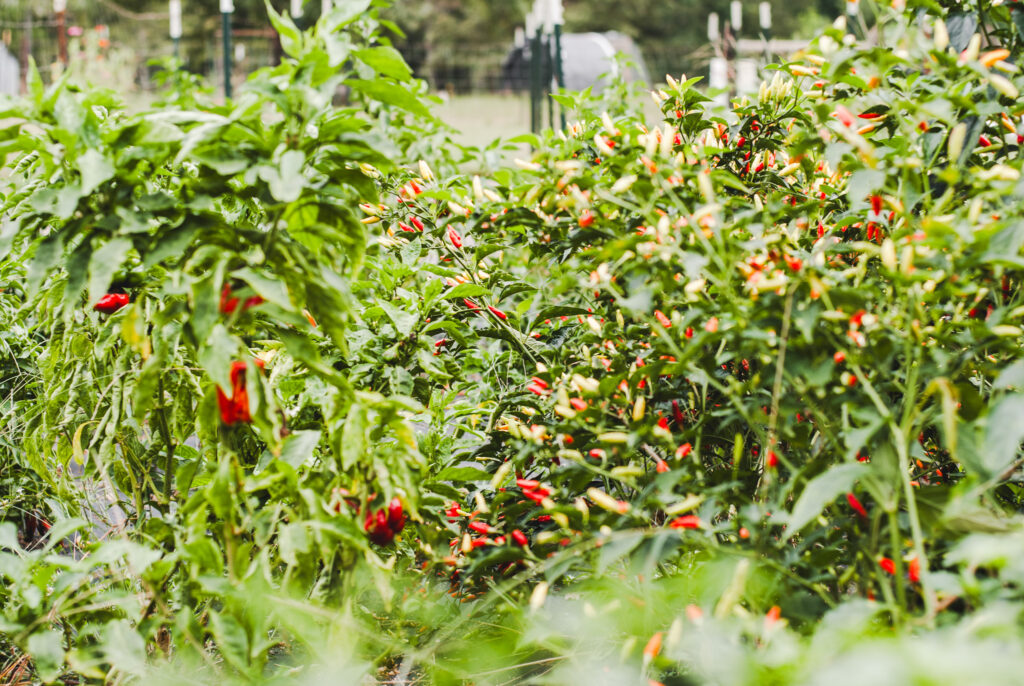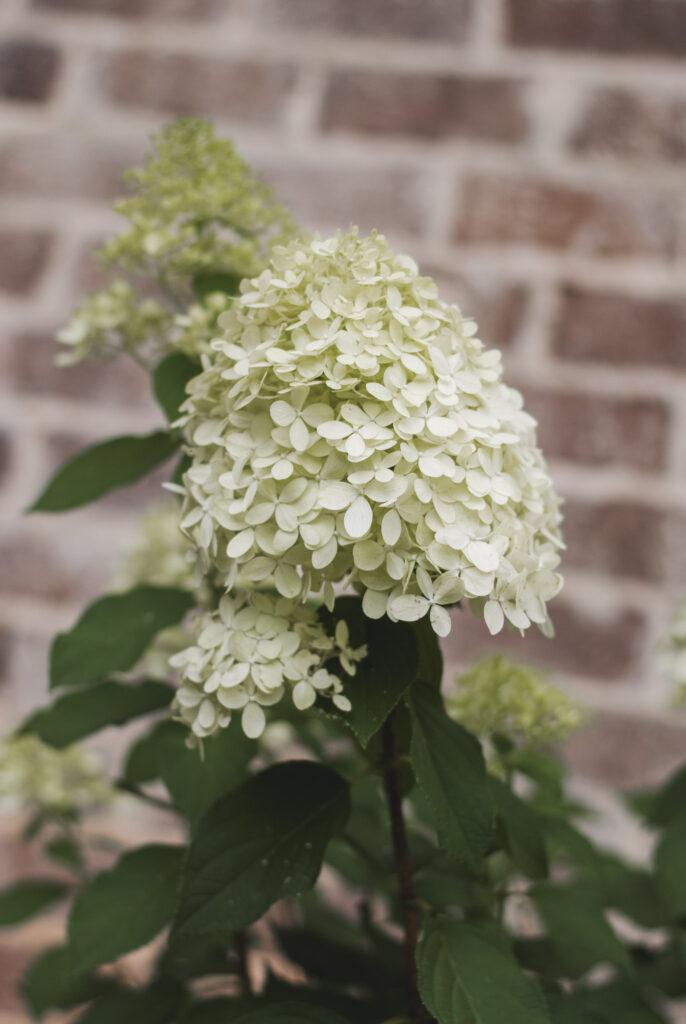Gardening on a budget can be difficult. From buying seeds and plant starts, to the equipment needed, it’s easy to rack up a large gardening bill. Fortunately, there are a lot of money-saving hacks will help you have a beautiful garden for an affordable price. In this post, we’ll explore tips and tricks for creating a practical garden that works for you.

Growing your food at home is a romantic idea. I’m sure you’re picturing rows upon rows of lush gardens producing large quantities of delicious food. However, it doesn’t take long for you
Gardening On A Budget
*This post may contain affiliate links which means I make a small commission at no extra cost to you. Read my full disclosure here.*
Start with Seeds:
While it’s very tempting to buy plant starts from the nursery, starting your garden from seeds is much more budget friendly. Seeds are significantly cheaper and come in larger quantities, allowing you to grow a variety of plants for a lower cost. Plus, something is rewarding nurturing a tiny seed into a thriving plant. Don’t know how to start plants from seeds? This is a great source for starting seeds at home.
Utilize Free Resources:
Look around your community for opportunities to learn free gardening resources. Our local farmer’s market partners with ag students from the university to do gardening workshops on Saturdays. It’s a great way to learn new skills. Community gardens or gardening clubs may provide tools, seeds, and knowledge at little to no cost. You just need to look around for opportunities.
Repurpose and Recycle:
Get creative and reuse things you have around the house in the garden. Old buckets, plastic containers, and even wooden crates can make great planters. I recently reused decking boards to build my planter boxes. Stones and logs make great bed edging. Use pallets for planting strawberries. You can also recycle things like egg cartons, egg shells, and milk jugs into seedling starters. Not only does this save money, but it’s also a great way to reduce waste.
Grow What You Eat:
Focus on growing vegetables, herbs, and fruits that you and your family will actually eat. When I started gardening I tried growing everything I could. I eventually realized how much time and energy is wasted growing things we didn’t like. By prioritizing crops that you would typically buy at the grocery store, you can save money on produce while enjoying the satisfaction that comes from harvesting your own fresh, organic produce from the garden. My post on how to plan a garden has great tips on what plants to focus on.

Swap and Share:
Take advantage of online and offline gardening communities to swap seeds, plants, and gardening tips with other gardeners. Seed exchanges or plant swaps can help you diversify your garden without spending a dime. You should also consider sharing things like tools or equipment with neighbors to decrease the costs for everyone involved.
Practice Water Conservation:
Save money on your water bill by using water-saving techniques in your garden. Collect rainwater in barrels or buckets to water your plants, and mulch around your plants to retain moisture in the soil. This is also a great option for providing your animals with water! If you have some sort of shelter near your garden, you can collect the water from the roof using a gutter system. Install the barrel on blocks, then use gravity and pipes to water your garden. Installing a drip irrigation system is a great way to deliver water directly to the roots of your plants, minimizing waste. I use a soaker hose in my garden. It also decreases the amount of water used and delivers the water directly to the plants.
Permaculture Principles:
Permaculture is something that over time can greatly reduce your overall gardening costs. Building healthy soil and planting native plants will help reduce the overall input from you. It’s really about working with nature instead of against it! Check out my post on homesteading books for some great permaculture information and inspiration.

Tips for gardening on a budget
Shop Smart: Look for sales, discounts, and clearance items when you buy gardening supplies. Buying in bulk or at the end of the season can also help you save money on seeds, plants, soil, and other essentials. I love shopping the home improvement stores in the fall for summer gardening supplies.
Focus on Long-Term Investments: Invest in perennial plants or self-seeding annuals that will return year after year. This reduces the need to purchase new plants each season. Also, focus on enhancing your soil health and build a sustainable garden ecosystem for long-term savings. Good soil will save you so much time and money while also giving you disease resistant plants!

FAQs
Is gardening expensive?
Gardening can be as expensive or as budget-friendly as you make it. While there are costs associated with gardening, there are also a lot of ways to save money by starting from seeds, utilizing free resources, and repurposing materials.
How can I start a garden on a tight budget?
Starting a garden on a tight budget isn’t as hard as it may seem. Start by prioritizing essential supplies, such as seeds, soil, and containers, and look for ways to get them inexpensively or for free through community resources, swaps, or DIY projects.
What are some cost-effective alternatives to buying gardening supplies?
Instead of purchasing expensive gardening supplies, try repurposing household items, making your compost, using homemade pest control remedies, and finding local seed swaps or plant exchanges.
How can I save money on watering my garden?
Save money on water by collecting rainwater in barrels, using drip irrigation systems to reduce water waste, mulching around plants to retain moisture, and using water-saving techniques such as watering early in the morning or late in the evening.
Are there any ways to get free plants or seeds?
Yes, there are several ways to get free plants or seeds. Look for local seed exchanges, community gardens, gardening clubs, and online groups where gardeners share resources and swap seeds or plants. Facebook is a great resource for gardening groups.

Final Thoughts
Gardening on a tight budget is not only possible but also incredibly rewarding. By being resourceful and creative, you can grow a thriving garden without breaking the bank. Whether you’re growing vegetables in containers on a balcony or transforming a small piece of land, there are plenty of budget-friendly options available to help you realize your gardening dreams.
For more ideas on planning and organizing your garden check out my FREE Garden Planner!
If you enjoyed this article, please share it! Thanks for visiting my farm.

Leave a Reply